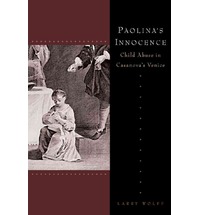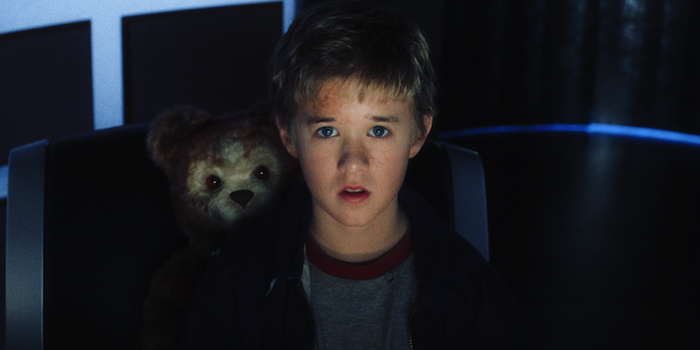
Larry Wolff, who teaches history at NYU, has written an article for theHuffington Post about the landmark 1962 JAMA report on child abuse.
http://www.huffingtonpost.com/larry-wolff/battered-child-syndrome_b_2406348.html
Historians suppose that child abuse, both physical abuse (battering) and sexual abuse, were at least as common in past centuries as they are today, but instances were rarely documented, because neither medical nor legal frameworks existed for identifying or discussing them. In fact, child abuse is not abuse unless defined as such, so there is always an element of anachronism in applying the term to the maltreatment of children before 1962, while even today the standard for what constitutes abuse varies widely from culture to culture. I have just written a book about a case that occurred in Venice in the 18th century, when a 60-year-old man was accused of having sex with an 8-year-old girl; he was charged merely with “causing a scandal,” as there was no other plausible criminal charge on the books, and made to pay a fine to the girl’s family. In a notable case in 19th-century New York, the battering of a child could only be prosecuted with reference to the advocacy of the ASPCA and its mandate against cruelty to animals. The publication of the “The Battered-Child Syndrome,” however, offered clinical evidence that child abuse was happening all around us all the time, and began to make us all aware of the huge dimensions of this hitherto-submerged syndrome of shocking but quotidian and recurrent human tragedies.
Below a link to an electronic version of the article in the Journal of the American Medical Association:
http://jama.jamanetwork.com/article.aspx?articleid=327895
And here is its (for the time) daring declaration about a physician’s duty to report certain types of injuries to authorities:
The battered-child syndrome, a clinical condition in young children who have received serious physical abuse, is a frequent cause of permanent injury or death. The syndrome should be considered in any child exhibiting evidence of fracture of any bone, subdural hematoma, failure to thrive, soft tissue swellings or skin bruising, in any child who dies suddenly, or where the degree and type of injury is at variance with the history given regarding the occurrence of the trauma. Psychiatric factors are probably of prime importance in the pathogenesis of the disorder, but knowledge of these factors is limited. Physicians have a duty and responsibility to the child to require a full evaluation of the problem and to guarantee that no expected repetition of trauma will be permitted to occur.
Read Larry Wolff’s case study of how the eighteenth-century handled cases of sexual abuse: Paolina’s Innocence: Child Abuse in Casanova’s Venice.
In the summer of 1785, in the city of Venice, a wealthy 60-year-old man was arrested and accused of a scandalous offense: having sexual relations with the 8-year-old daughter of an impoverished laundress. Although the sexual abuse of children was probably not uncommon in early modern Europe, it is largely undocumented, and the concept of “child abuse” did not yet exist. The case of Paolina Lozaro and Gaetano Franceschini came before Venice’s unusual blasphemy tribunal, the Bestemmia, which heard testimony from an entire neighborhood—from the parish priest to the madam of the local brothel.
Paolina’s Innocence considers Franceschini’s conduct in the context of the libertinism of Casanova and also employs other prominent contemporaries—Jean-Jacques Rousseau, Carlo Goldoni, Lorenzo Da Ponte, Cesare Beccaria, and the Marquis de Sade—as points of reference for understanding the case and broader issues of libertinism, sexual crime, childhood, and child abuse in the 18th century.
 http://www.care2.com/causes/5-subversive-childrens-books-that-everyone-should-read.html
http://www.care2.com/causes/5-subversive-childrens-books-that-everyone-should-read.html


